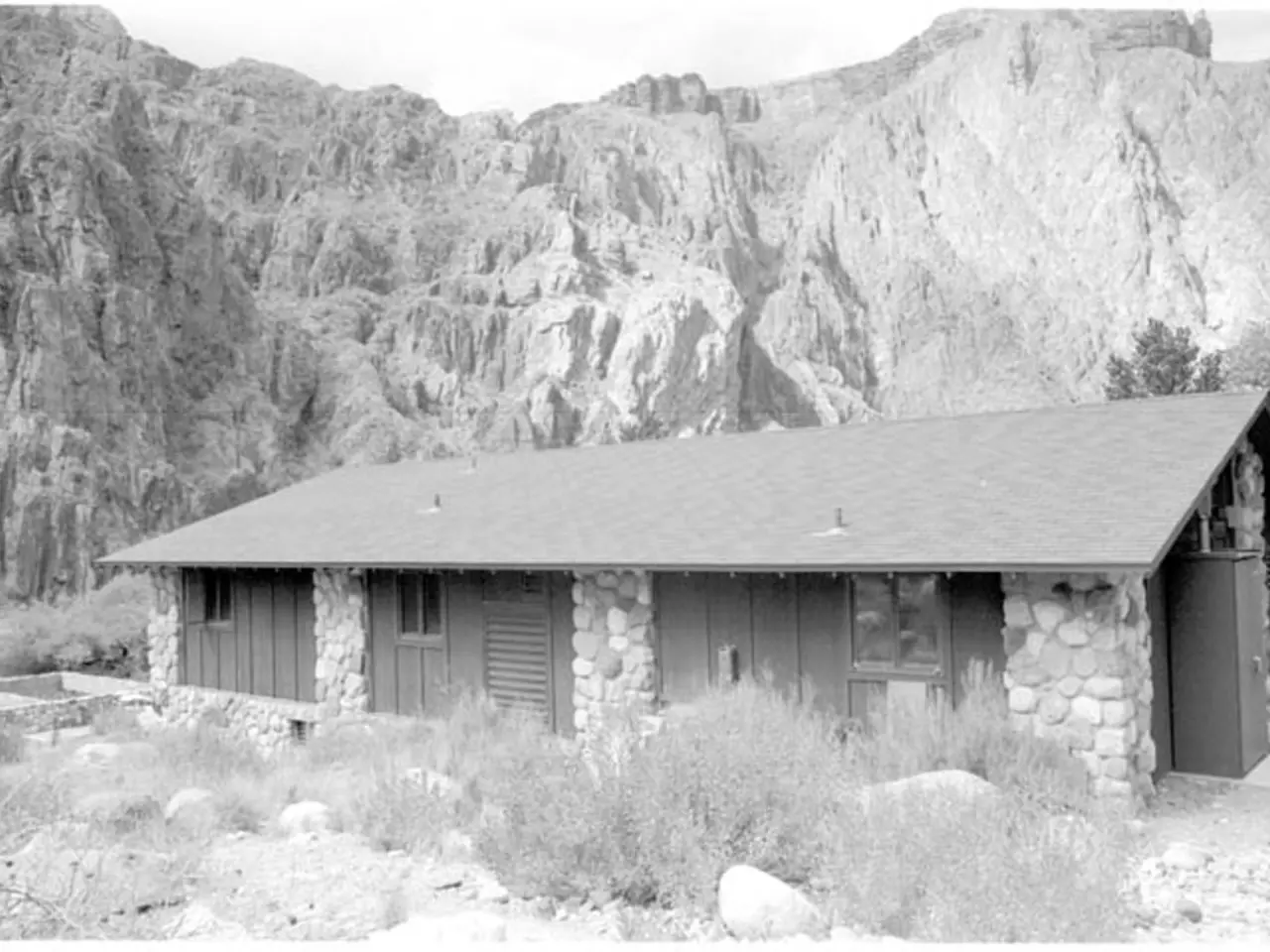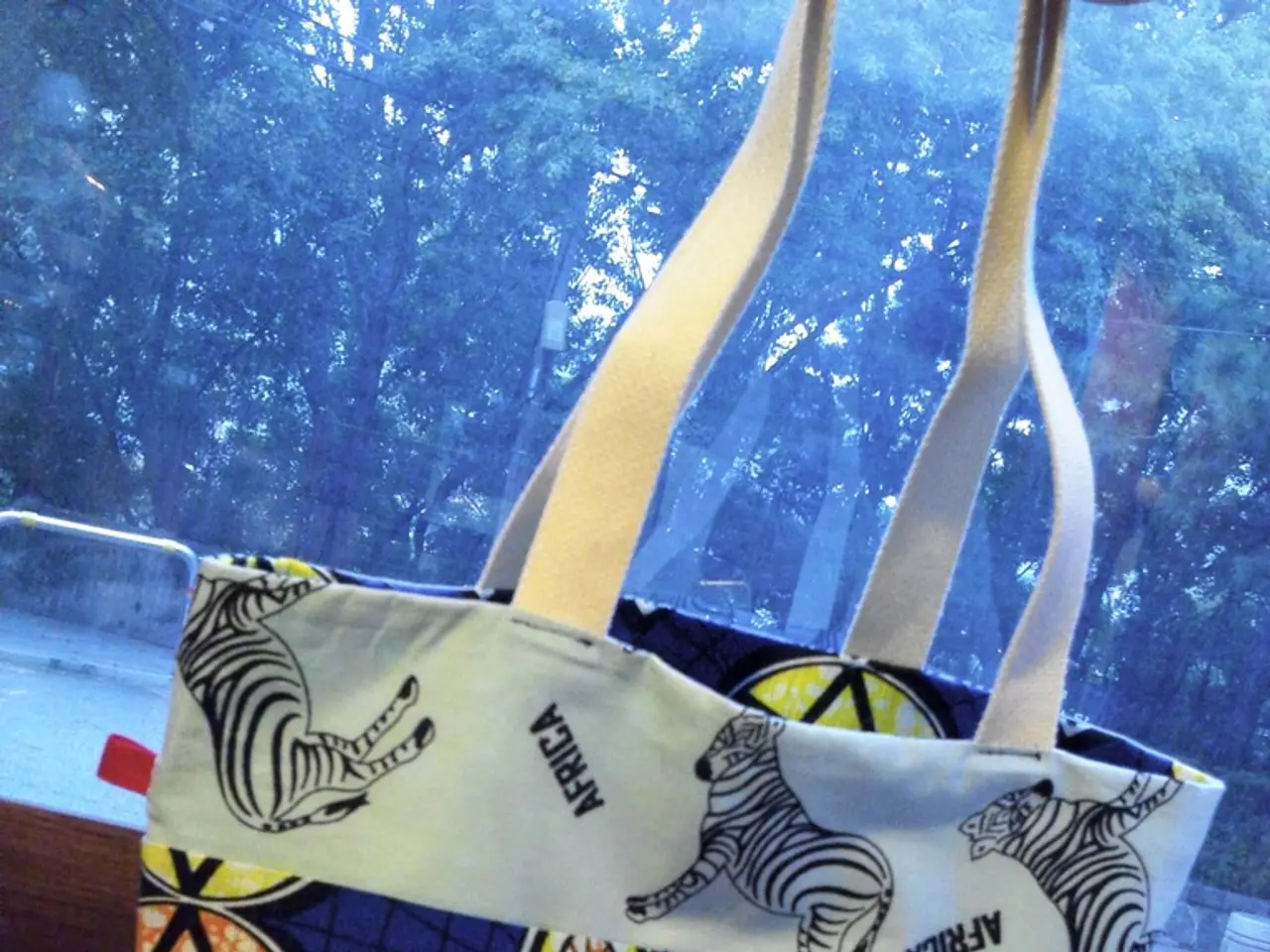Australia's Circumference Tour - One Complete Circle Around Australia.
Circumnavigating Australia by Car: A Comprehensive Guide
Embarking on a road trip of a lifetime to circumnavigate Australia is an adventure that many dream of. Here's a guide to help you plan your epic journey.
The Best Route
The coastal perimeter of the mainland is the optimal route, starting from a major city like Sydney or Melbourne. You can choose to drive clockwise or counterclockwise, covering key destinations such as Brisbane, Cairns (Great Barrier Reef), Darwin (top end), Broome, Perth, Adelaide, and back to the starting point. Including Tasmania requires a ferry crossing from the mainland, for example, from Melbourne to Tasmania.
Duration
For mainland Australia alone, a typical full coastal circumnavigation covers about 13,500 to 15,000 km and usually takes 6 to 8 weeks to fully enjoy popular stops. Adding Tasmania adds roughly 3,000 km and extra days. A tightly packed trip could be done in about 4 weeks, but this reduces sightseeing time significantly.
Climate Considerations
The best time to drive around the northern parts (Top End and tropical Queensland) is during the Australian dry season, May to August, to avoid heavy rains and flooding. Avoid the northern route from December to April due to monsoonal wet weather and heat. The southern and temperate coastal regions can be more flexible but are generally better in spring (September-November) or autumn (March-May) for milder weather and fewer tourists.
Popular Destinations
- Eastern coast: Sydney, Byron Bay, Gold Coast, Fraser Island, Cairns (Great Barrier Reef).
- Northern Australia: Darwin, Kakadu National Park.
- Western Australia: Broome, Exmouth (Ningaloo Reef), Perth.
- Southern Australia: Adelaide, Great Ocean Road, Melbourne.
- Tasmania: Hobart, Cradle Mountain, Freycinet National Park (requires ferry crossing).
Route Planning Tips
- Start south in a temperate city outside of peak summer heat and drive clockwise or counterclockwise depending on climate priorities.
- Incorporate charging logistics if using an electric vehicle (EV), especially in remote areas — daytime DC charging and overnight AC charging strategies help reduce downtime.
- Tasmania requires specific planning for ferry times and road distances.
App Recommendations
Two useful apps for your journey are "WikiCamps" for finding camping, free camping spots, hostels, water stations, and attractions throughout Australia, and "Petrol Spy" for comparing fuel prices.
Safety Advice
The Aussies advise travelers to avoid driving at night and not to drink and drive.
Weather Considerations
- The Sunshine Coast winter is beautiful, with cool mornings and evenings dropping below 10°C, but temperatures reaching a comfortable 23°C in the day.
- The north, such as Cairns, is very hot and humid during the summer (December to February) due to the rainy season.
- If you're not a fan of tropical weather, consider visiting the north during the winter (June to August).
- Melbourne summers are warm to hot, but winters are relatively cold and wet for Australian standards.
Unique Destinations
- The world's largest sand island, K'Gari (Fraser Island), has much to offer and can be explored with a two-day tour if you don't have a 4WD.
- Sydney is known for its stunning fireworks display on New Year's Eve, with the backdrop of the Opera House and Harbour Bridge.
- Byron Bay is a unique town with a walk to the easternmost point, the Byron Bay Lighthouse, being a must.
- The Great Ocean Road offers beautiful views, coastal towns, waterfalls, and good surfing spots.
- The West Coast of Australia is breathtaking and worth exploring again, but with a 4WD.
In summary, a well-paced circumnavigation of Australia by car typically takes 6-8 weeks in the dry season months (May to November) with a coastal route covering all major tourist regions and Tasmania if desired. Weather and road conditions are crucial, especially in northern Australia. Planning around climate and allowing adequate time for sightseeing will create the most enjoyable and safe experience. Suitable cities to start the journey include Brisbane, Cairns, Sydney, Melbourne, or Perth.
- To ensure a comfortable road trip, consider traveling during the dry season (May to August) for the northern parts of Australia and during spring (September-November) or autumn (March-May) for southern and temperate coastal regions to avoid excessive heat and heavy rains.
- A comprehensive guide for circumnavigating Australia by car may include stops in fashionable cities like Sydney, Melbourne, or Perth, as well as popular tourist destinations such as the Great Barrier Reef in Cairns, Kakadu National Park, or the Ningaloo Reef in Exmouth.
- To fully appreciate the beauty of Tasmania, plan your trip to include a ferry crossing from Melbourne, allowing time to explore unique destinations like Cradle Mountain, Freycinet National Park, and Hobart.




